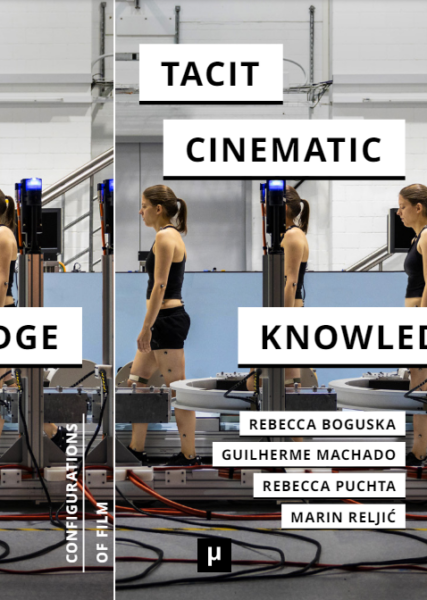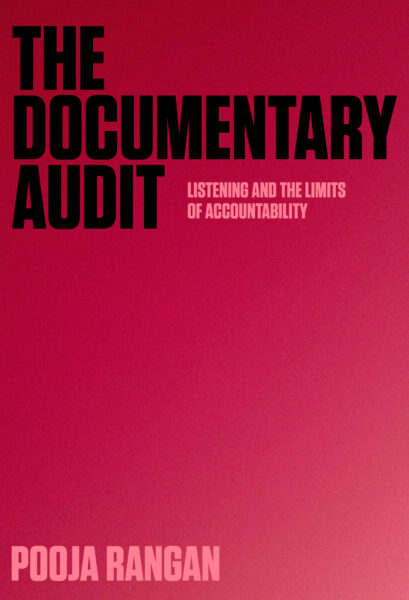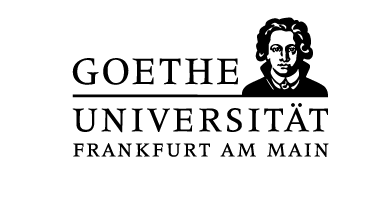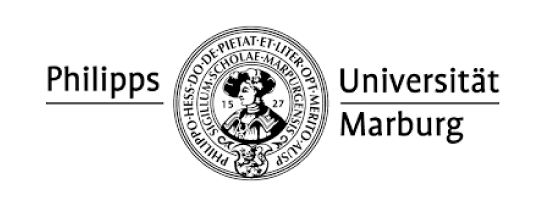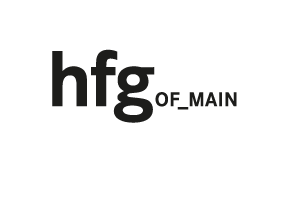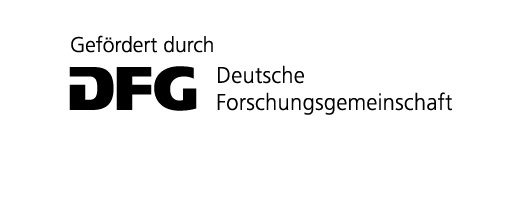Editors: Till Heilmann (Ruhr University Bochum), Laura Niebling (University of Regensburg), Kevin Pauliks (Philipps-University Marburg), Jana Zündel (Goethe University Frankfurt)
Whether on social and video sharing platforms, in private chats or blogs: Internet memes are everywhere and unavoidable in contemporary media culture. As easily reproducible and adaptable formats, they have established themselves as an integral part of digital image repertoires and our “cultural lexicon” (Journell & Clark, 2019, p. 109). However, the term “memes” no longer only describes specific image-text combinations, but various phenomena and media practices in online culture (Pauliks, 2023, p. 119). This development has both expanded and unsettled our understanding of the subject as definitions of what a ‘meme’ actually is (or can be) are continuously challenged and blurred. At the same time, memes face criticism due to their ambiguity and openness to interpretation, making them – and, thus, the moving images they reference – volatile instruments for any cultural, commercial, social, or political agenda (Tuters, 2019, n.p.). With memetic formats serving as a lingua franca in everyday digital communication (Milner, 2016, pp. 79–110), meme culture transforms the way we think about, engage with and ultimately remember moving images.
Memeing, i.e. extracting (moving) images or soundbites from their original source, altering and appropriating them to new contexts – social, political, commercial or otherwise – has become a common practice that is significant to digital film culture(s). Memes involve and configurate moving images in a wide variety of formats, platforms and discourses. Thus, the ‘memefication’ of filmic ingredients (e.g. scenes, motifs, characters, quotes, gestures and expressions) is an ongoing and ever evolving process of cultural reproduction and preservation. While moving images are both material for memefication and memes themselves, their multifaceted role in meme culture is rarely scientifically discussed beyond popular discourse such as in case of 2023’s ‘Barbenheimer.’ This collection looks at the intersections and interdependencies of film culture and meme culture, framing memes as moving images in a triple sense.
1. Memes of moving images: Since any reasonably expressive image from a film, a series, or a video can be picked out and ‘mashed-up’ in a variety of communicative contexts, memes of moving images become a medium for personal expression, interpersonal communication and storytelling in popular culture. Today, the success of new film releases partially relies on their ‘memeability’, i.e. the potential for imitation and (flexible) reuse of specific scenes or shots, quotes, motions or facial expressions of characters, on platforms such as Instagram, X, Reddit, TikTok or YouTube. Thus, many contemporary movies might already anticipate their own memefication, deliberately providing memes in potentialis (e.g. a funny movement, an outlandish character appearance, a dramatic close-up, or a spectacular visual). At the same time, moving image memes are not limited to movies, but also originate in newer audiovisual media such as television and web series, games, or short-video formats such a Reels or TikToks. All of these materials might contribute to a commemorative film culture, recovering, re-enacting and preserving cinematic gestures or moments (most notably, but not exclusively, from silent movies) for old and new audiences.
2. Memes as moving image formats: The repertoire of memetic formats, i.e. a standardization of imitating and reproducing auditory, visual or audiovisual fragments from existing (digital or digitized) content, is constantly expanding, now with social media platforms even favoring moving images over still images. While formats such as image macros, photoshop, panel or label memes remain staples of meme culture, GIFs, TikToks or mash-ups push the evolution of digital (moving) images even further and significantly extend the scientific scope of memes. They are also central to databases (Giphy), blogs (Tumblr), instant messengers (Signal, Telegram, WhatsApp), or video sharing platforms (TikTok, Vimeo, YouTube) as means for cultural reproduction, interpersonal communication, personal and artistic expression. As affecting and activating formats, moving image memes give films cultural relevance and legitimize them for a media-savvy audience.
3. Memes as images on the move and images that move us: Fueled by the widespread expansion of film reception through social media and video-sharing platforms, memes circulate films in countless (audio-)visual snippets across multiple heterogeneous platforms, thus enforcing the fragmentation of audiences. This calls for a discussion on how moving image memes may gather and motivate social media users to engage in film culture across platforms, thus generating new spaces for discourse and cultural debate. Users can exploit these mobile formats for various purposes ranging from interpersonal amusement and movie marketing to community building and political campaigning. In a networked film culture, memes are then part of the ongoing struggle for interpretative sovereignty over moving images and their legacy.
We welcome contributions that engage with one or more of these approaches. Submissions can consist of full essays of a maximum of 6.000 words, or shorter formats (e.g. brief analyses of a specific meme, short commentaries on meme culture, etc.) of a maximum of 2.000 words. Please send your contributions accompanied by an author biography of a maximum of 100 words by June 15, 2025 to Zuendel@tfm.uni-frankfurt.de.
All submissions, if accepted by the editors, will undergo a double-blind peer review, projected for mid-2025. Revised and final manuscripts are to be submitted by October 31, 2025. We aim for an open access publication with meson press (“Configurations of Film” series) in early 2026.
References:
Journell, W., & Clark, C. H. (2019). Political Memes and the Limits of Media Literacy. In W. Journell (Ed.), Unpacking Fake News: An Educator’s Guide to Navigating the Media with Students (pp. 109–125). Teachers College Press.
Milner, R. M. (2016). The world made meme: Public conversations and participatory media. The MIT Press.
Pauliks, K. (2023). Ein Metabild von Memes: Perspektiven der Meme Studies auf Bild, Text und Praxis. MEDIENwissenschaft Rezensionen | Reviews, 40(2), 119–137. https://doi.org/10.25969/MEDIAREP/19661
Tuters, M. (2019). Rude Awakening: Memes as Dialectical Images. https://non.copyriot.com/rude-awakening-memes-as-dialectical-images/ (last accessed 21st August 2024)

